

Reinventing Senior Care with AI
Meet GRACE: The Heart of Zemplee’s Intelligence
GRACE is more than just an algorithm. She’s a learning, adapting, and intuitive AI assistant that quietly watches over daily routines, flags concerns, and notifies caregivers before risks turn into crises. GRACE uses passive sensors and behavior modeling—not intrusive cameras—to detect falls, missed meals, or unusual motion.
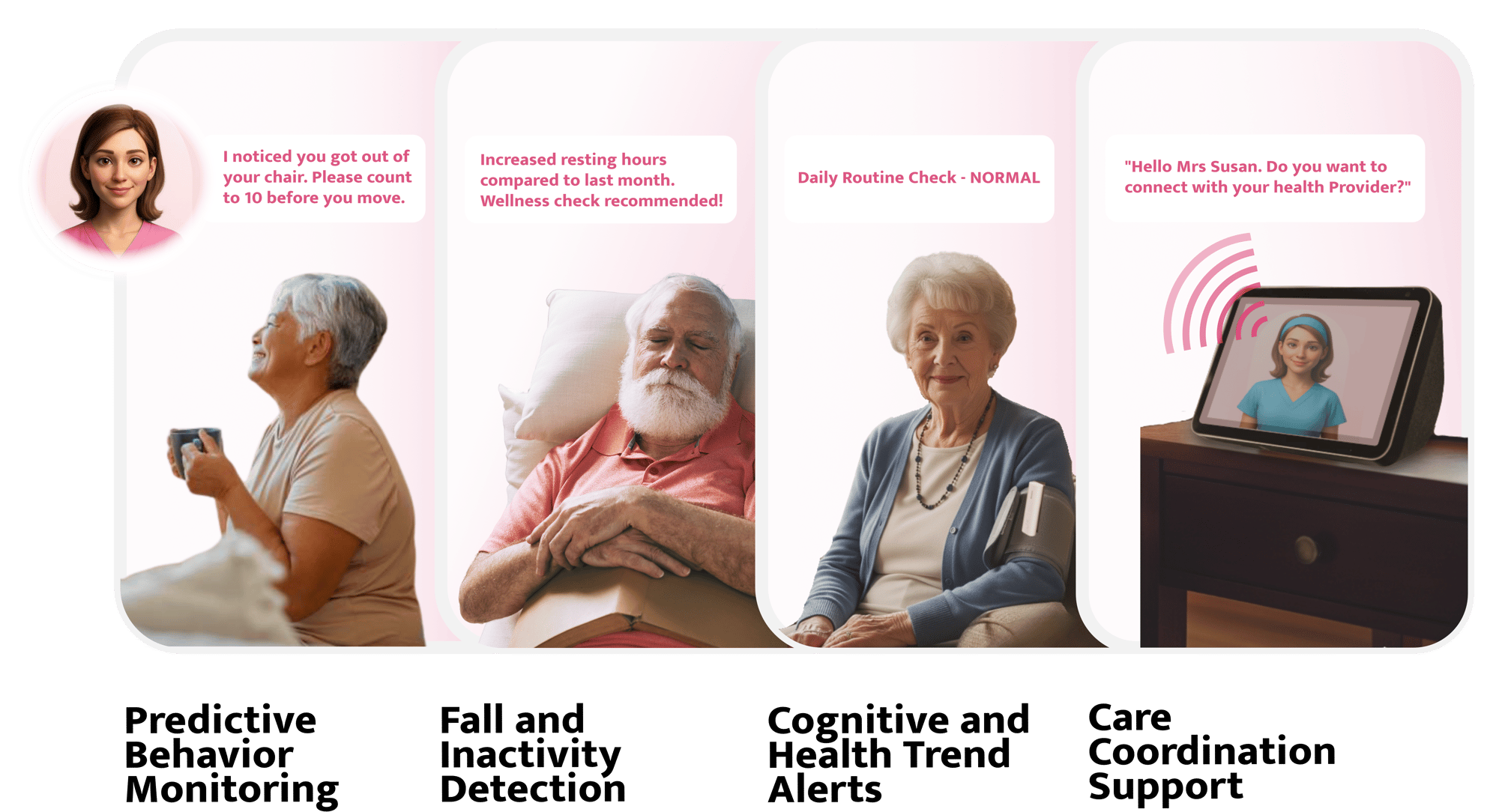
How Zemplee Works
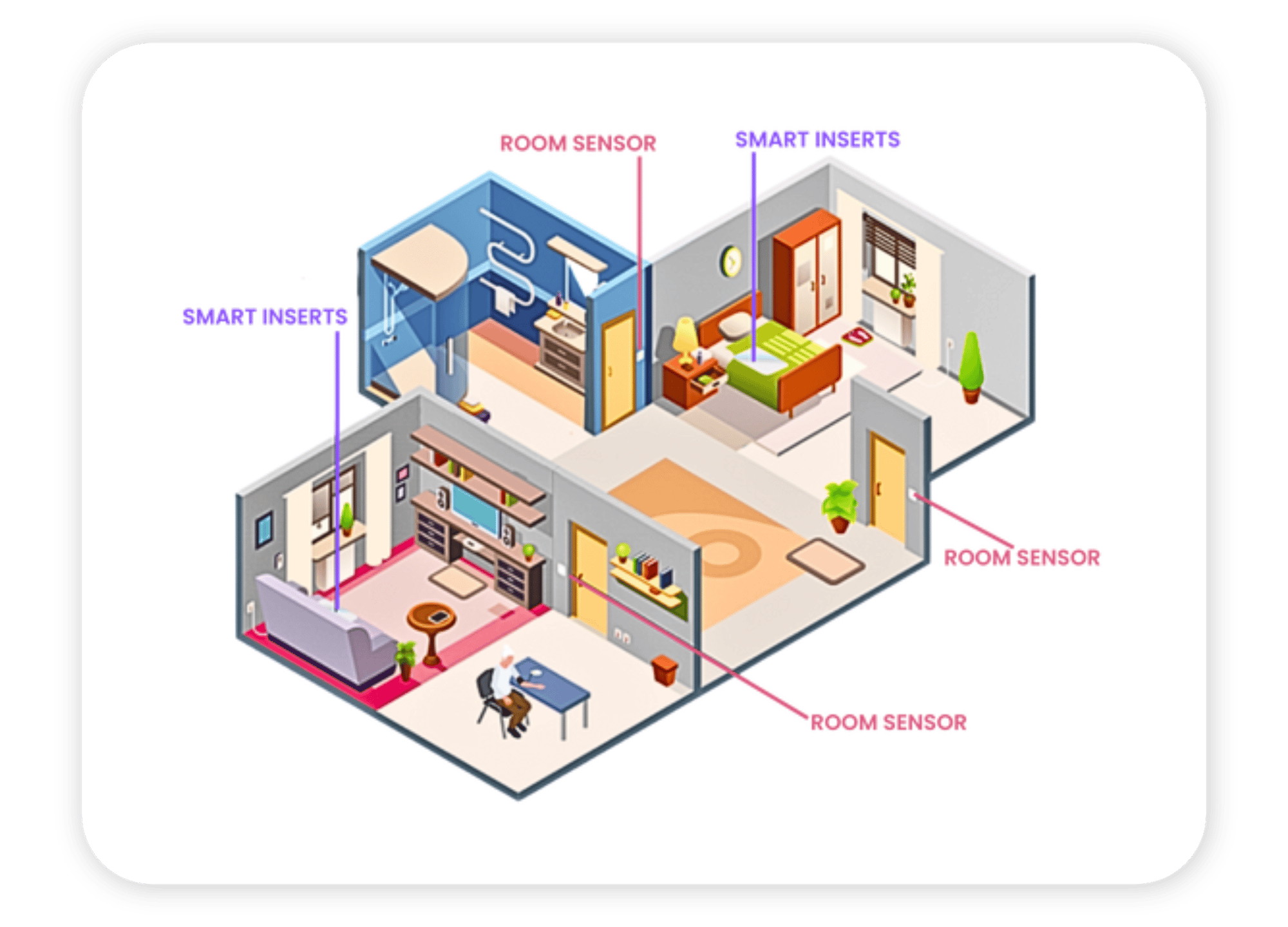
Who We Serve
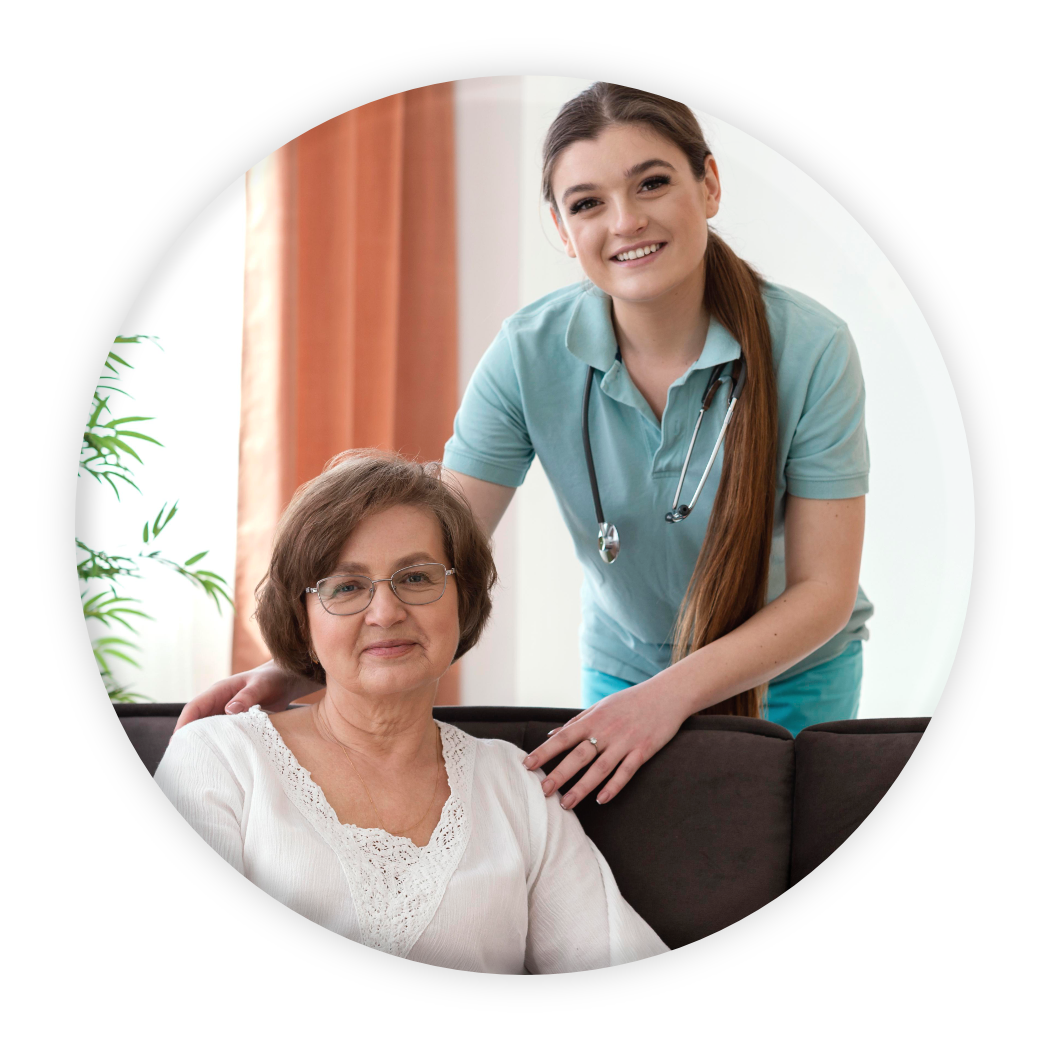
Home Care Agencies
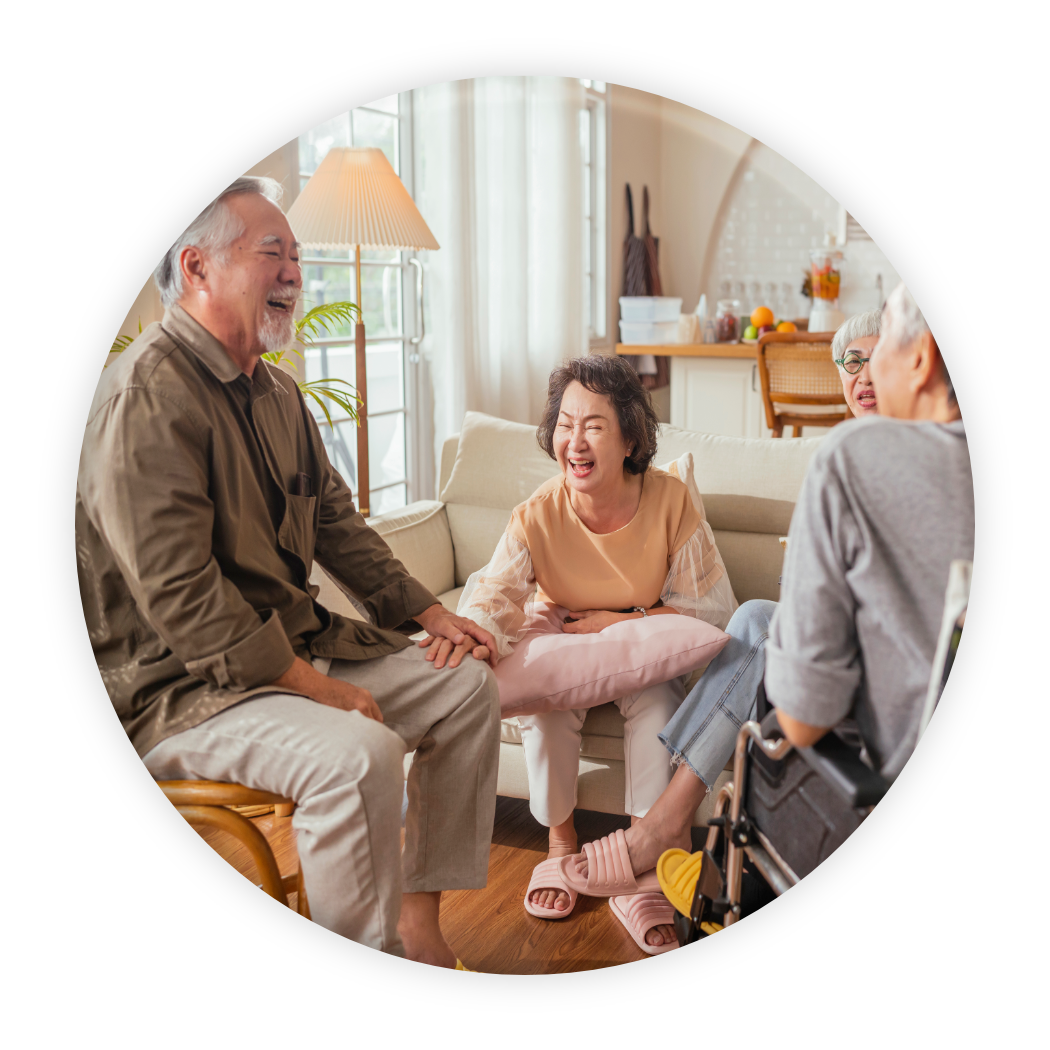
Senior Living Operators
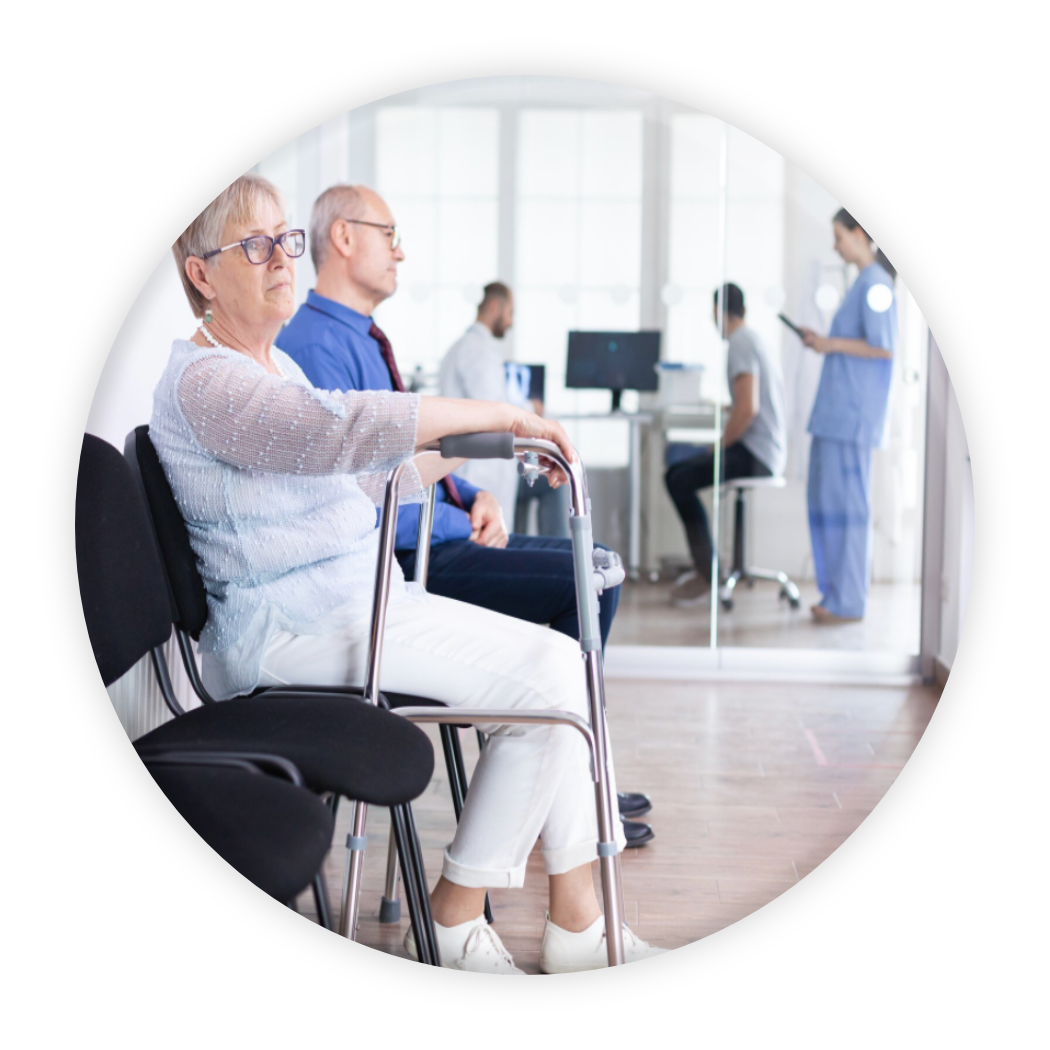
Hospitals & ACO
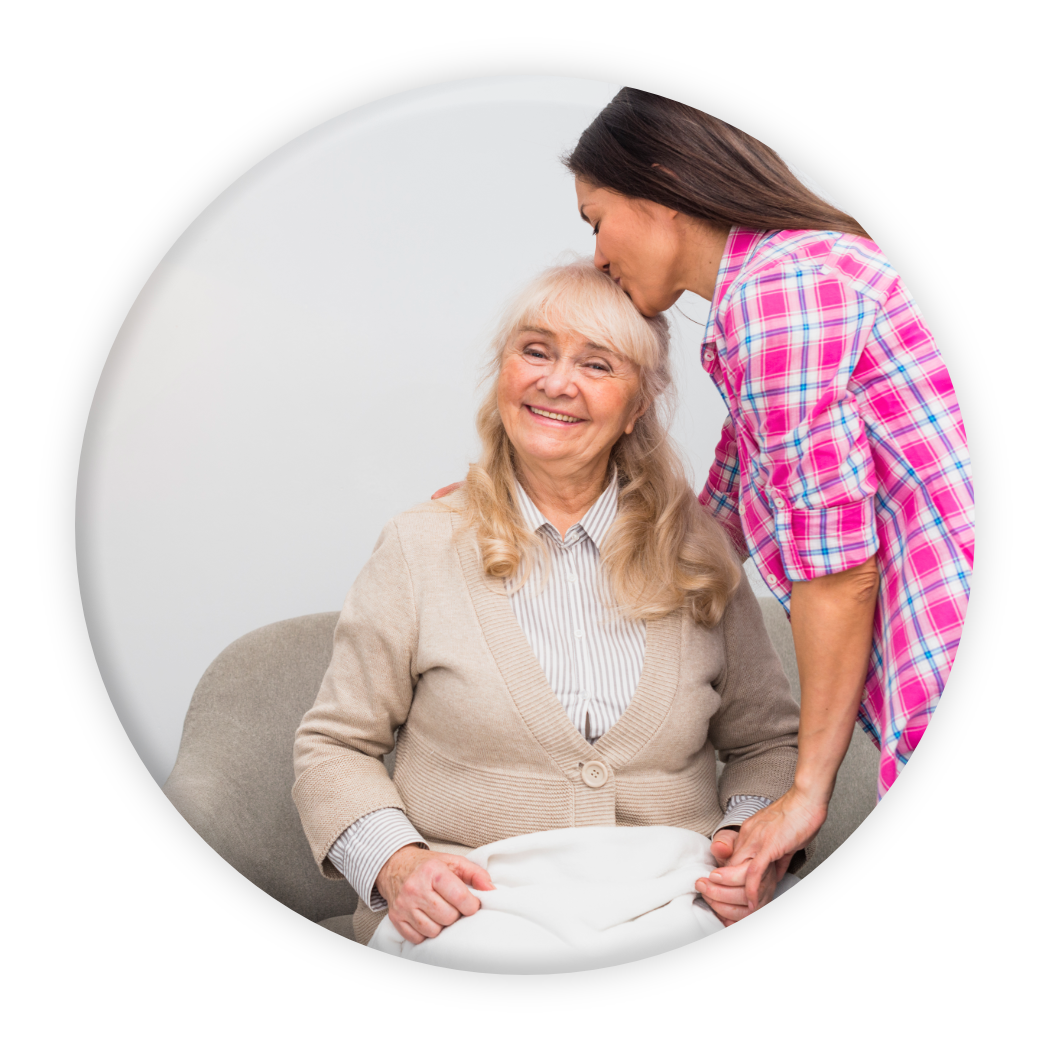
Family Caregivers
Trusted Partners and Affiliations

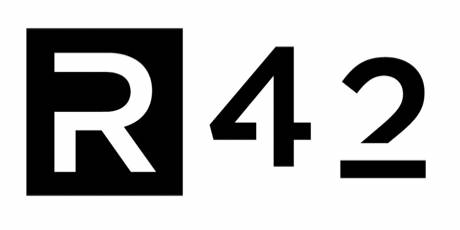




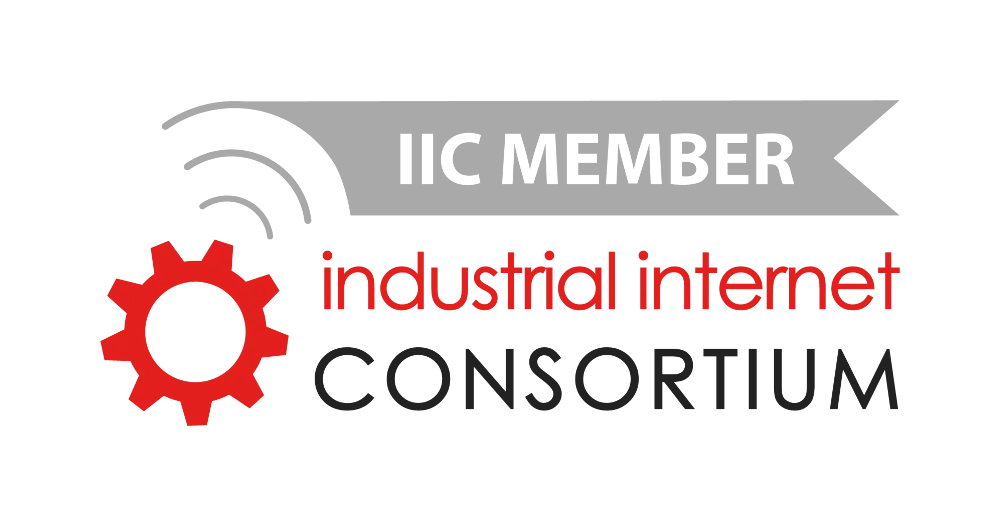


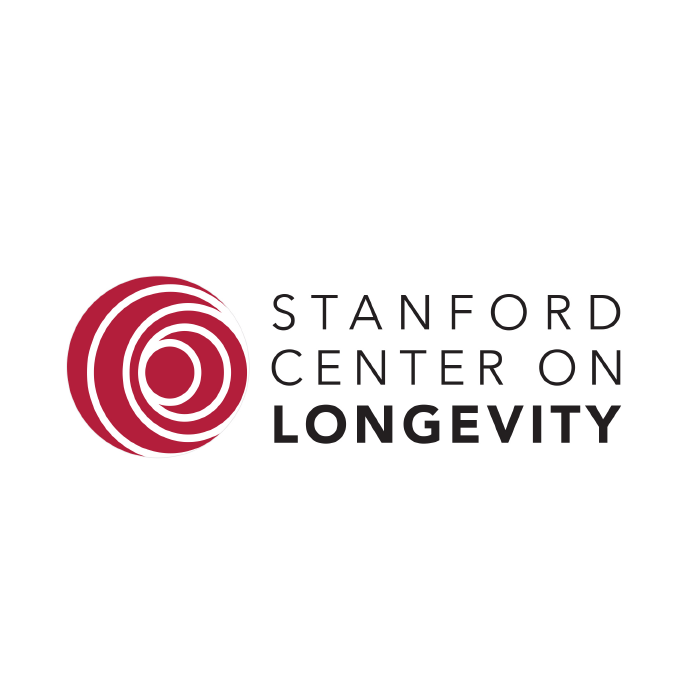
Experience the Zemplee Advantage
% Reduced ER visits
Lorem Ipsum Lorem Ipsum Lorem Ipsum Lorem Ipsum Lorem Ipsum Lorem Ipsum Lorem Ipsum
% Improved care coordination
Lorem Ipsum Lorem Ipsum Lorem Ipsum Lorem Ipsum Lorem Ipsum Lorem Ipsum Lorem Ipsum
% Client satisfaction
Lorem Ipsum Lorem Ipsum Lorem Ipsum Lorem Ipsum Lorem Ipsum Lorem Ipsum Lorem Ipsum
Real Stories, Real Impact
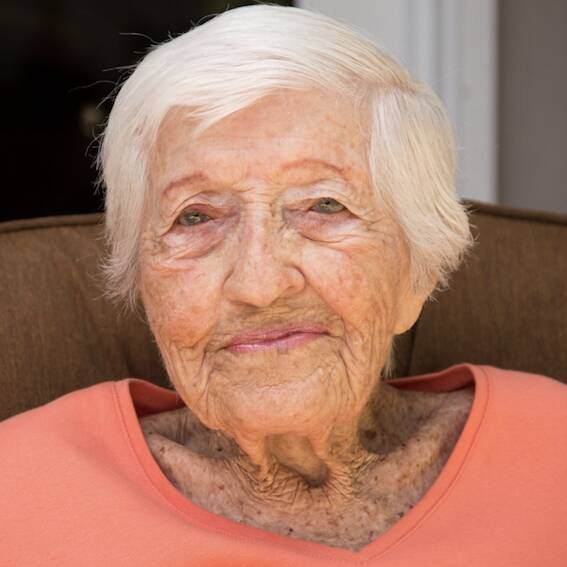
- Mrs. D., Sacramento, CA
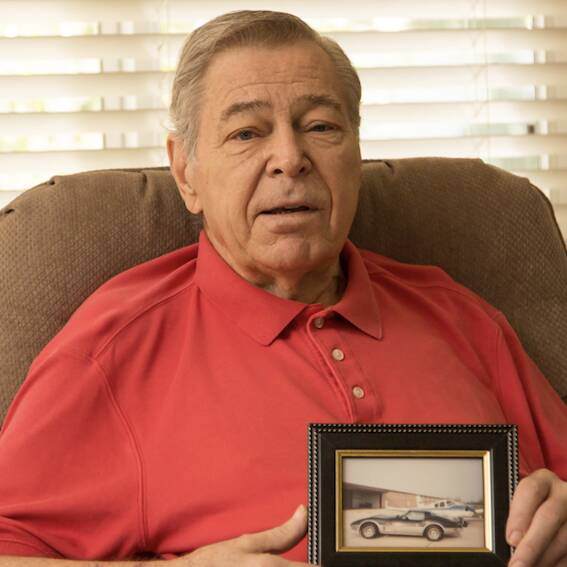
- Mr. B., Roseville CA
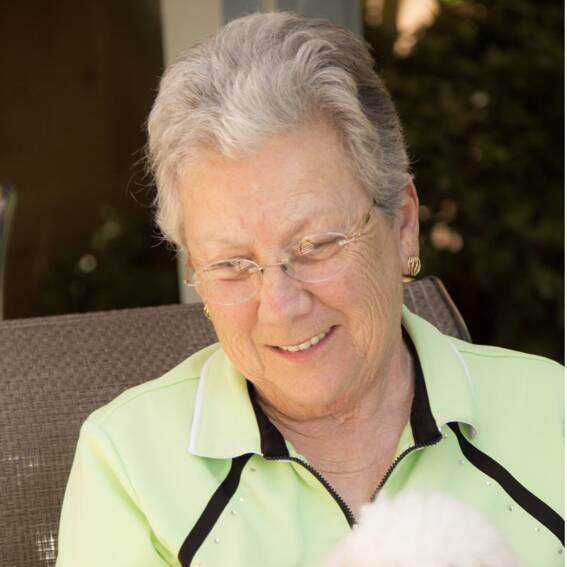
- Ms. K., San Ramon, CA

Ketan Shah, Owner, Home Helpers of Santa Clara Valley, Zemplee Partner

Craig Falk, Founder and CEO, Craig Cares, Zemplee Partner









